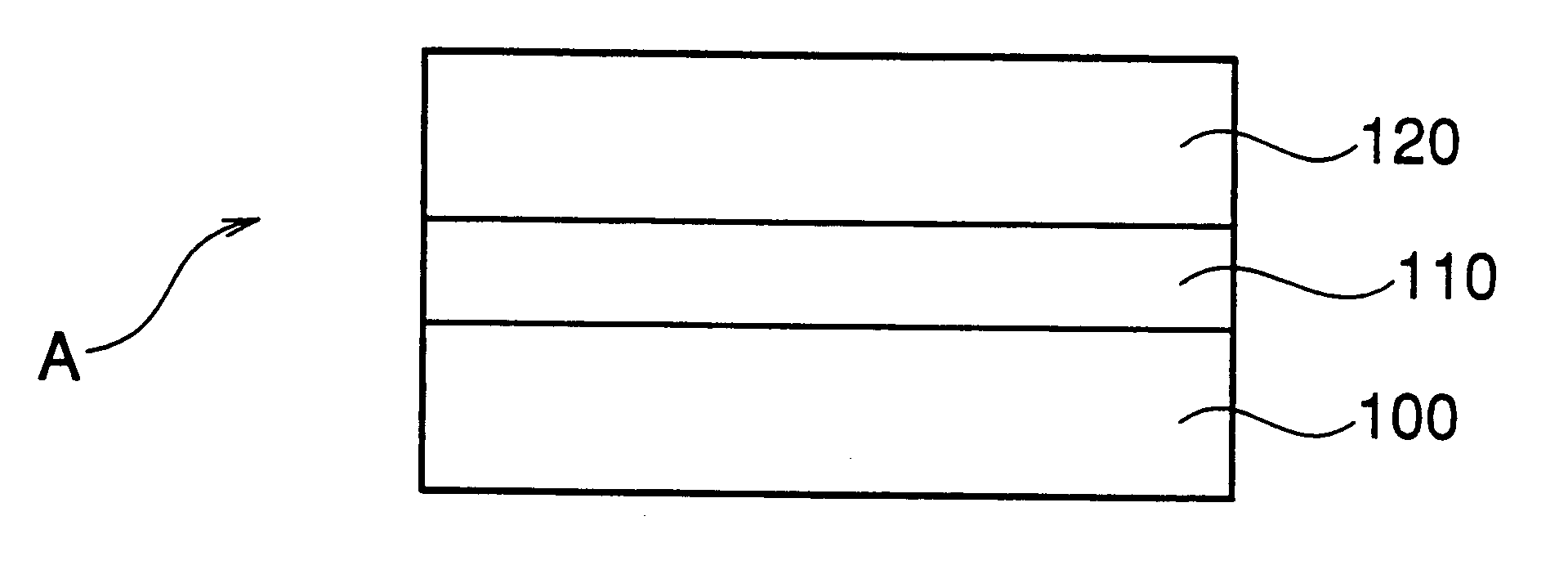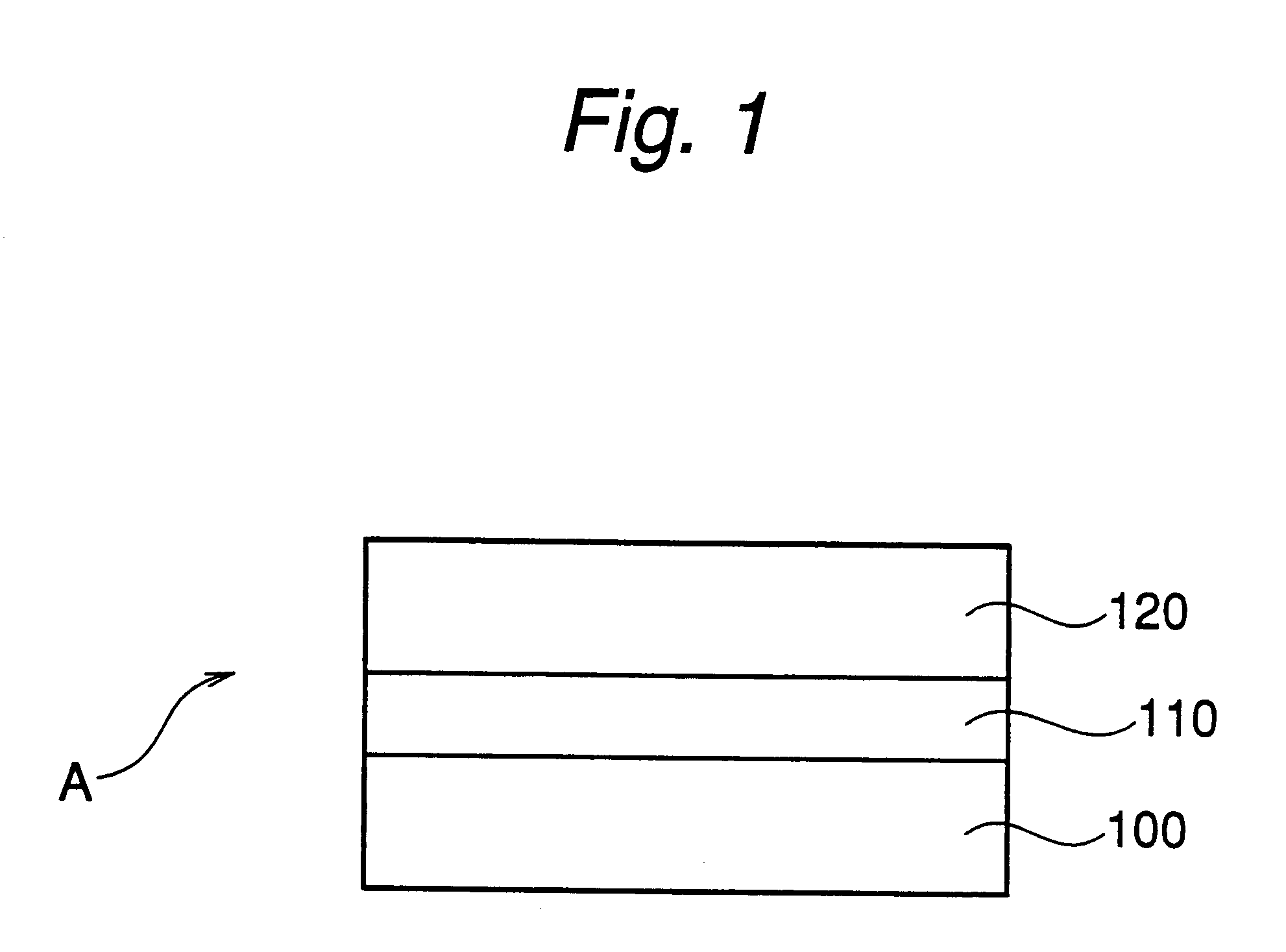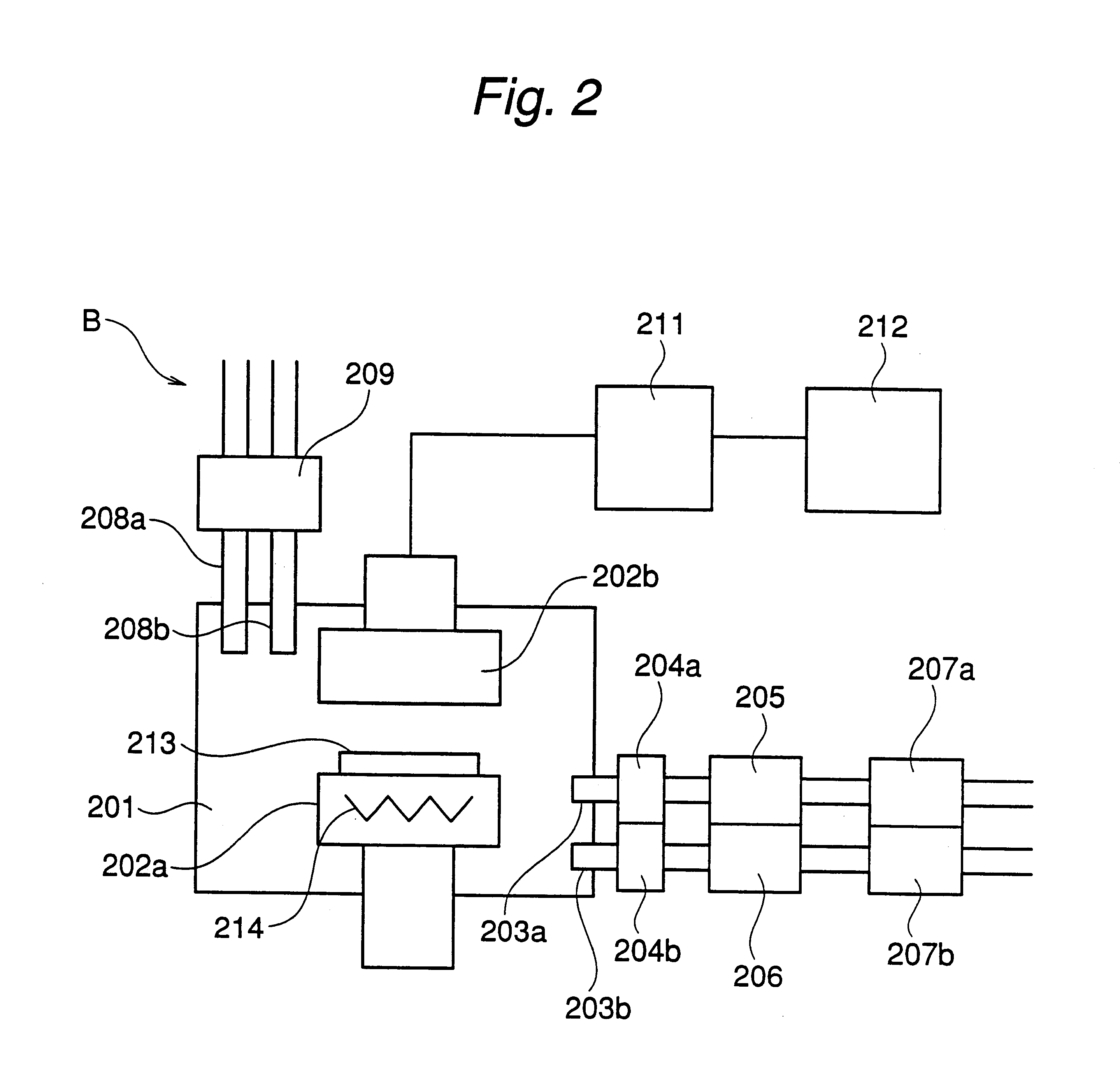Heat sink and its manufacturing method
a technology of heat sink and manufacturing method, which is applied in the direction of solid-state devices, basic electric elements, lighting and heating apparatus, etc., can solve the problems of only meeting the limit of cooling with the use of heat sinks based on these materials, the heat radiation characteristics of heat sinks are not always satisfactory, and the amount of heat emitted from each electronic component is larg
- Summary
- Abstract
- Description
- Claims
- Application Information
AI Technical Summary
Benefits of technology
Problems solved by technology
Method used
Image
Examples
example 1
Ceramic substrate (25 mm.times.25 mm.times.0.5 mm thickness) containing aluminum nitride as a principal component was set on the substrate mounting table inside the radio frequency plasma CVD apparatus. The interior of the reaction vessel was exhausted to vacuum, and simultaneously the substrate mounting table was heated to 120.degree. C. The apparatus was held undisturbed for about 30 min until the substrate temperature was stabilized, and the reduction of pressure within the reaction vessel to 5.times.10.sup.-6 Torr or below was confirmed. Monosilane gas and hydrogen were introduced in the reaction vessel at respective flow rates of 3 cc / min and 100 cc / min, and the internal pressure of the reaction vessel was set for 1.5 Torr by regulating the exhaust valve. Subsequently, radiofrequency wave from the radiofrequency power source at an output of 50 W was tuned by the tuner so as to minimize reflection loss and inputted to the radiofrequency application electrode. Radiofrequency powe...
example 2
Heat sink was produced in the same manner as in Example 1 except that the thickness of synthesized diamond film was 200 .mu.m. The diamond film on the substrate was visually inspected, and it was found that formation of the diamond film extended to edges of the substrate and that there was no film peeling. A section of the diamond film was observed through a microscope, and the thickness of the diamond film was measured. It was found that the thickness was about 200 .mu.m. Thereafter, the crystallinity of the diamond on the substrate was inspected in the same manner as in Example 1. As a result, it was found that the FWHM was about 6.8 cm.sup.-1. Further, the orientation of the obtained diamond layer was inspected, and no result of strong orientation on a specified face was recognized. Still further, the thermal conductivity of the obtained heat sink was measured. The measurement showed that the thermal conductivity after lamination with the diamond film was about 720 W / mK while tha...
example 3
Heat sink was produced in the same manner as in Example 1 except that the bonding member layer was constituted of W. The diamond film on the substrate was visually inspected, and it was found that formation of the diamond film extended to edges of the substrate and that there was no film peeling. A section of the diamond film was observed through a microscope, and the thickness of the diamond film was measured. It was found that the thickness was about 50 .mu.m. Thereafter, the crystallinity of the diamond on the substrate was inspected. As a result, it was found that the FWHM was about 8.0 cm.sup.-1. Further, the orientation of the obtained diamond layer was inspected, and no result of strong orientation on a specified face was recognized. Still further, the thermal conductivity of the obtained heat sink was measured. The measurement showed that-the thermal conductivity after lamination with the diamond film was about 360 W / mK while that after lamination with the bonding member lay...
PUM
| Property | Measurement | Unit |
|---|---|---|
| thickness | aaaaa | aaaaa |
| thermal conductivity | aaaaa | aaaaa |
| thickness | aaaaa | aaaaa |
Abstract
Description
Claims
Application Information
 Login to View More
Login to View More - R&D
- Intellectual Property
- Life Sciences
- Materials
- Tech Scout
- Unparalleled Data Quality
- Higher Quality Content
- 60% Fewer Hallucinations
Browse by: Latest US Patents, China's latest patents, Technical Efficacy Thesaurus, Application Domain, Technology Topic, Popular Technical Reports.
© 2025 PatSnap. All rights reserved.Legal|Privacy policy|Modern Slavery Act Transparency Statement|Sitemap|About US| Contact US: help@patsnap.com



